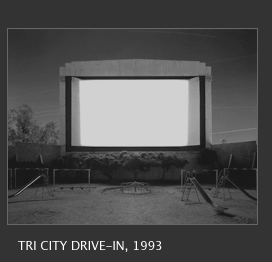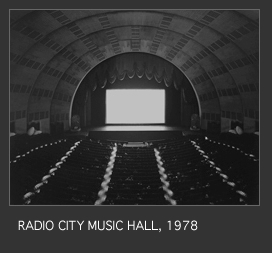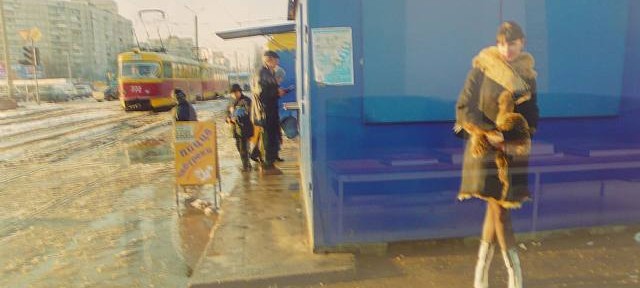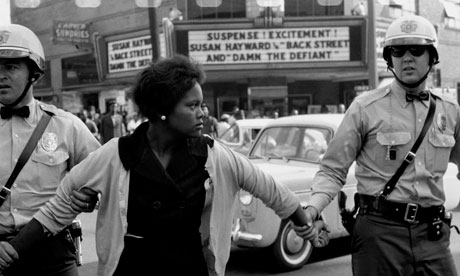Following on from a short exploration of Eugène Atget’s Paris in my thesis, I was prompted to learn more and experience more widely the traces captured in the long exposure, and the minuscule breaths of movement given material presence thanks to the slow shutter.
Hiroshi Sugimoto’s long-exposures of theatrical cinema-viewing spaces have something very interesting to say about cinema. He describes his process thus:
Dressed up as a tourist, I walked into a cheap cinema in the East Village with a large-format camera. As soon as the movie started, I fixed the shutter at a wide-open aperture, and two hours later when the movie finished, I clicked the shutter closed. That evening, I developed the film, and the vision exploded behind my eyes.
In contrast to the ghostly apparitions passing through Atget’s photographs or the ghoulish animism of Bragaglia’s photodynamism, Sugimoto’s ‘whole movie in a single frame’ leaves a static, shining image of the film, what in ‘real’ diegetic temporality is a series of flickers. The usually dynamic screen is transformed into an eerily vacant repository of itself, yet the artist finds it ‘explosive’.
Investigate the artist’s work further here: Hiroshi Sugimoto.






